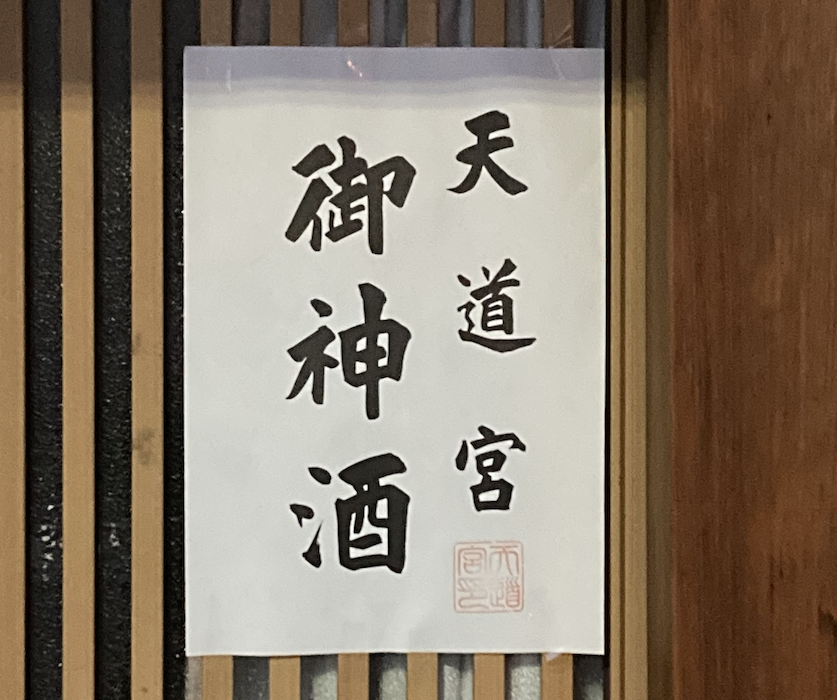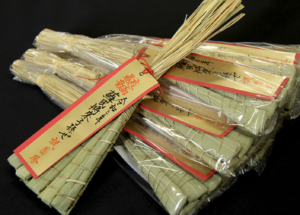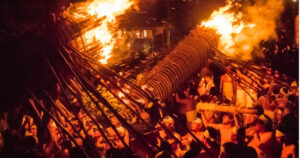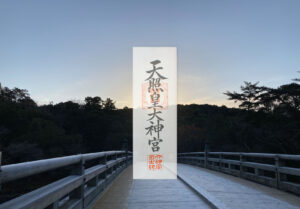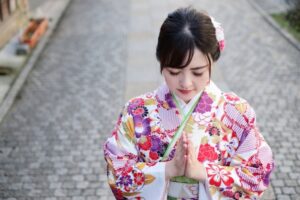In residential areas of Kyoto, sometimes there is a paper labeled “御神酒 / Omiki” on the front door or on the window facing the street. Depending on the house, there may be not one, but three or even four of them.
That paper is a proof of offering sake to the gods and is treated as a lucky charm.
What is a Omiki-fuda?
Before a festival, sake is offered as a gift to the shrines and for the neighborhood associations that participate in the festival. The sake is called Omiki.
The shrine or neighborhood association that receives the sake gives back a bill with the words “Omiki” written on it. That piece of paper is the Omiki-fuda.
What is “Omiki?
“御神酒 / Omiki” means sake offered to the gods.
In Japanese, it is written “sake(酒) for the gods(神).
In Japan, there is a long-standing custom of offering sake on special occasions such as Shinto rituals and festivals. It is said that the divine spirit dwells in the sake offered to the gods, and it is believed that drinking it after a festival, after it is taken down from the gods’ presence, will bring good fortune.
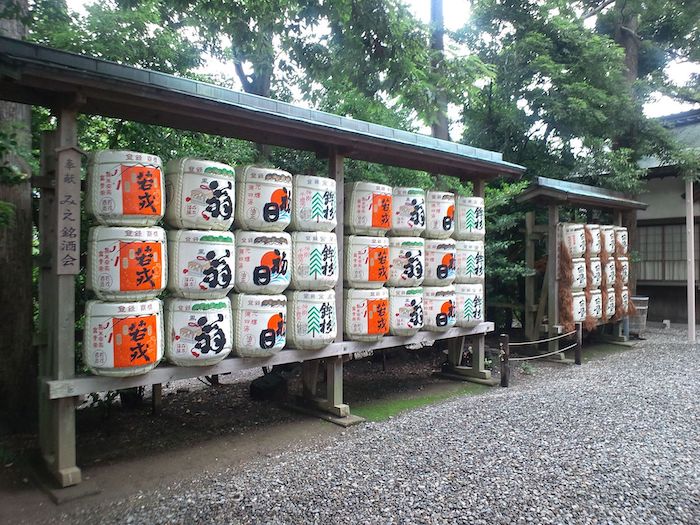
Omiki is the highest quality offering
In Japan, the culture has developed around rice cultivation.
Each grain of rice was believed to contain a deity, and rice was treated with great care. Sake, made from rice, a blessing of the gods, clear water, and fermentation, an action of nature, was considered to be a superlative offering.
Why is it put on the front door?
Omiki-fuda is considered a good-luck charm. At the same time, it is a proof of offering sake to God, so it is put up where it can be seen.
It is put on the front door until the festival is over.

Why do people put up several Omiki-fuda?
The omifuda differ according to shrines and neighborhood associations. If you offer sake to more than one shrine or neighborhood association during the festival, each of them will give you a gofuda. This is the reason why several Omiki-fuda are displayed at the entrance of a single house.

